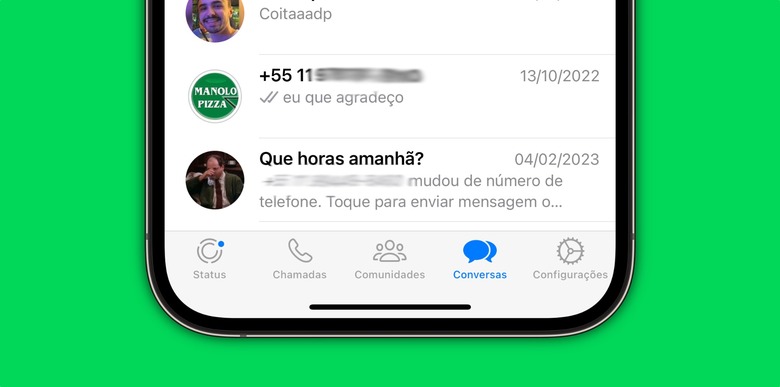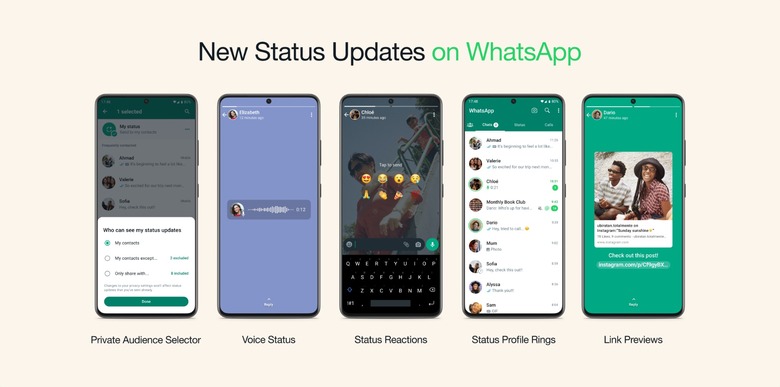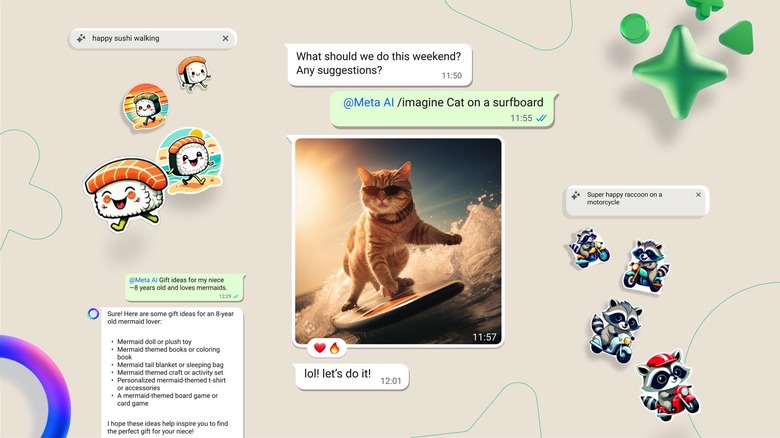WhatsApp Is Getting Ads, But It's Not As Bad As It Sounds
WhatsApp is Meta's (then Facebook's) most expensive purchase to date, with nearly $20 billion paid in 2014. It's also the most difficult one to monetize. The app is free, and everything in it is end-to-end encrypted. Placing personalized ads based on user-generated content and interests isn't possible. But Meta is looking to place ads inside WhatsApp. That's always been the case, and WhatsApp's head, Will Cathcart, confirmed as much in a recent interview.
However, WhatsApp won't put ads inside your chat inbox. Instead, you might see commercials in the status or channels. The latter is a feature that Meta seems to have copied from Telegram, which allows people to create communities inside WhatsApp. Before you get started with channels, you should know that's probably the only area in WhatsApp where texting isn't protected by end-to-end encryption.
Ads in WhatsApp
Last month, Cathcart denied that ads are coming to WhatsApp, as a report from The Financial Times claimed. However, Cathcart had to adapt his response when talking to Brazilian media Folha.
"The article claimed that we were going to put ads in the inbox. We're not doing that, we're not discussing it. We don't think that's the right model. People, when they open their inbox, don't want to see advertising," the high-ranking WhatsApp exec.
Meanwhile, Meta has been rolling out paid versions of Facebook and Instagram in Europe, where local privacy laws are getting tougher. I said recently that Meta might have created these premium ad-free Facebook and Instagram experiences as bait for consumers.
Rather than paying the monthly fee, they'd agree to see ads. And Facebook looks to obtain explicit consent from European Facebook and Instagram users for personalized ads.
Users in Europe are already seeing such prompts in action, and Meta seems to be steering customers to the ad-supported apps rather than the premium models. That's to say that Meta wants to show ads in its apps rather than charge you for them, and WhatsApp isn't going to be an exception.
Cathcart clarified to Folha that WhatsApp will remain free, and the main messaging experience will be ad-free. "The reason I qualified the answer [to The Financial Times article] is that there could be ads in other places placements or statuses," the exec added.
"For example, channels could charge people to subscribe, they could be exclusive to paid members, or the owners might want to promote the channel. But, no, we're not going to put ads in the inbox."
How WhatsApp makes money now
The WhatsApp boss also said that combined, Facebook Messenger, Instagram, and WhatsApp bring in $10 billion a year. It's unclear how much of that figure comes from WhatsApp, but Meta has two ways of monetizing the chat app that do not involve ads in WhatsApp. Both concern enterprise use.
Meta charges businesses a fee for allowing them to chat with customers via WhatsApp. Also, Meta might offer businesses that rely on WhatsApp for communication with consumers other paid services, like Facebook and Instagram ads that point to a company's WhatsApp presence.
Cathcart also addressed generative AI features in WhatsApp and dropped an interesting gem about the experience. The WhatsApp AI will give you information from the internet without you having to browse the web manually. That is, Meta wants to keep you inside the app with the help of AI rather than losing your attention.
I can't help but wonder if that's something Meta will monetize with ads. Here's Cathcart's quote about it:
Another thing is that we have the AI agents, who you can talk to, exchange messages with, and it answers your questions. It can give ideas, search the internet, and give recent and accurate information. Obviously, this is AI, so we're learning. But it's a way to access information without having to search the internet, enter websites.
With all that in mind, it's unclear when Meta will roll out ads in WhatsApp. But at least you've been warned to expect them in some WhatsApp experiences.


